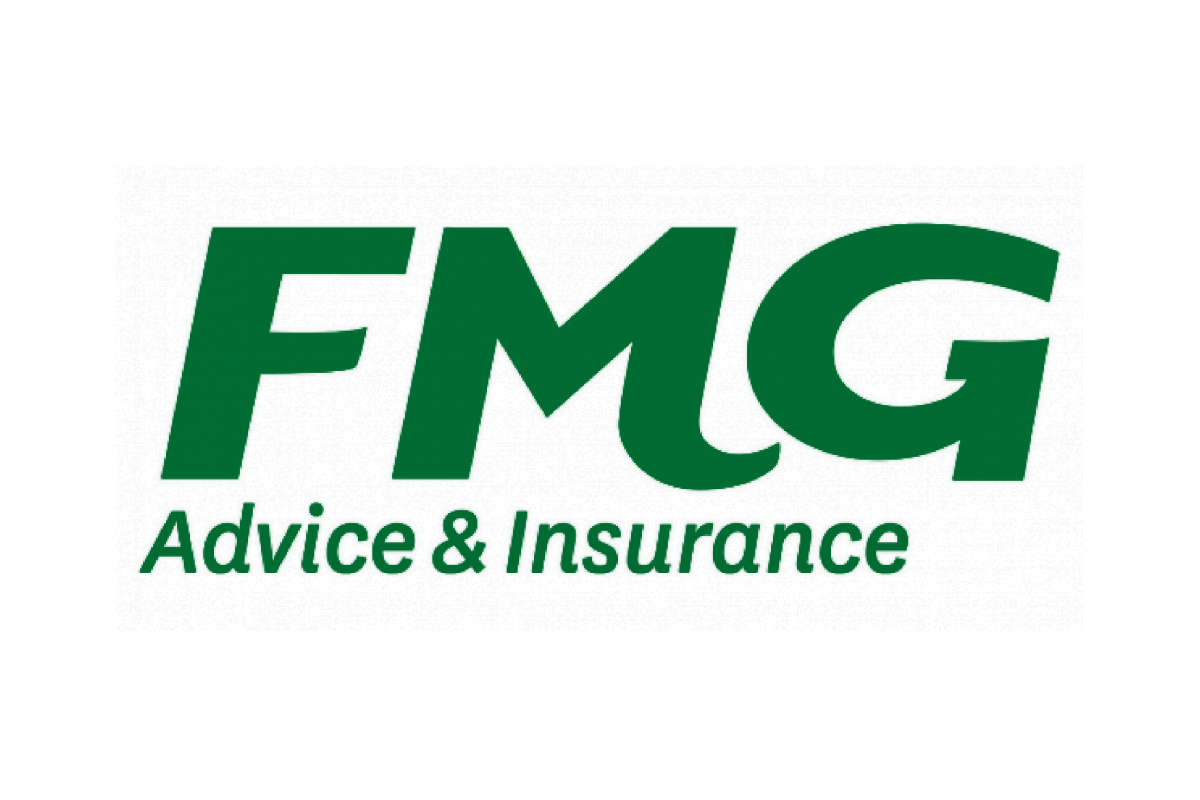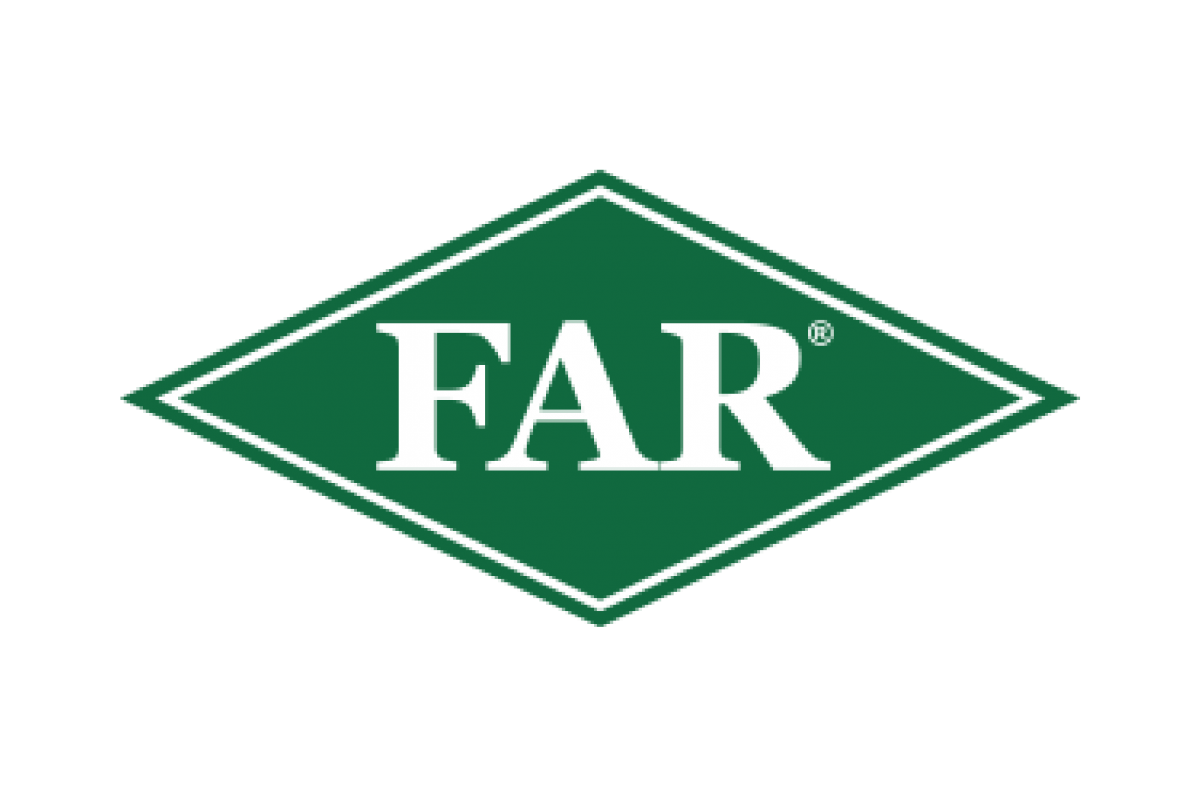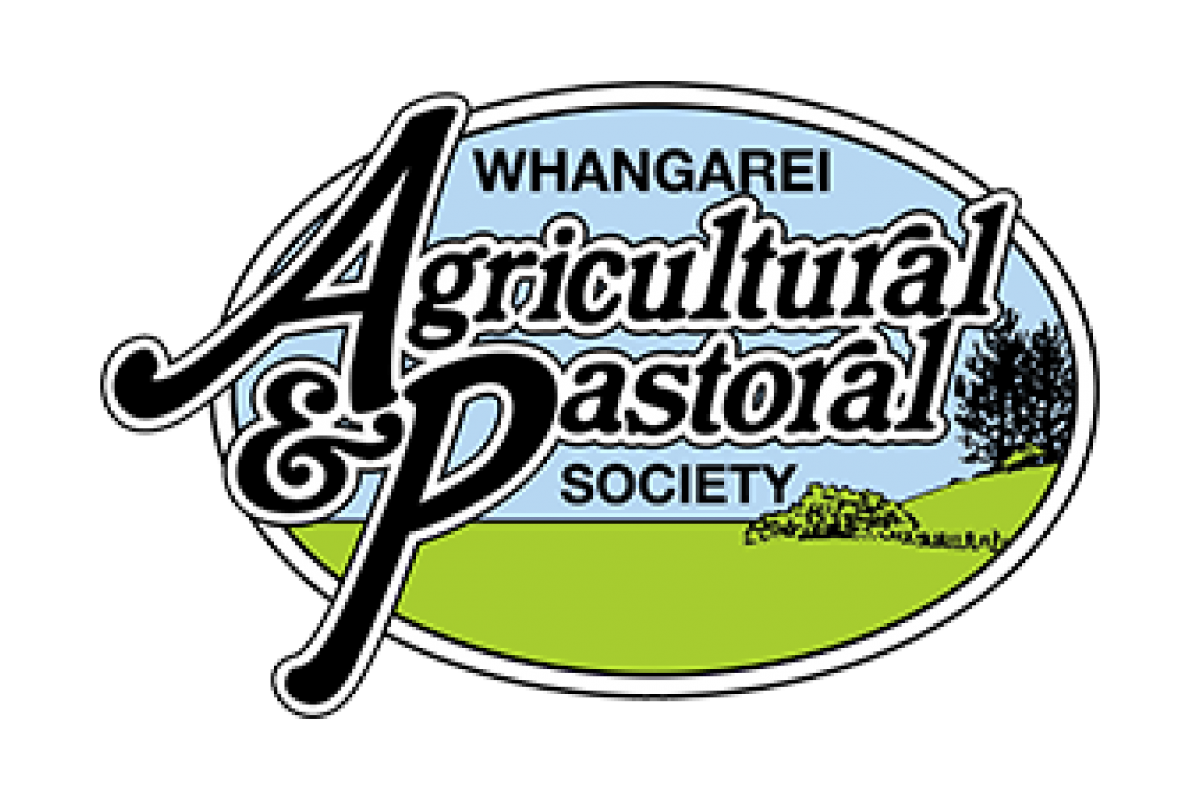Ryan O’Sullivan, 2017 Scholar
Somewhat unsurprisingly, common themes have definitely emerged during the past year of travelling the globe and discussing agriculture with our fellow Scholars.
The pastoral New Zealand agriculture sector has long been criticized for operating at the bulk commodity end of the market, be it frozen carcasses or brown bags of milk powder. The solution it is said, is a business-direct to-consumer-sales model- value add, fast moving goods with a high volume, high value and greater export returns and more on-shore jobs.
The reality of this is strategy is somewhat different. In the consumer goods dairy category for example, a company operating in this space will release on average 8 products, with just one surviving more than three weeks on a supermarket shelf. The other seven are a sunk cost in terms of research, innovation, manufacture, packaging and promotion. The one champion product may provide a great return, but is needs to in order to offset the sunk cost of the other seven. In the fullness of time, the champion product then becomes crowded by ‘me too’ products seeking to emulate the lucrative position in the particular category.
This strategy, while successfully executed by the Nestles of the world, requires massive scale of investment and significant brand equity, neither of which is strong in New Zealand, downstream of the farmgate.
The other challenge is year round supply of the raw product. Our pastoral industries have been developed to follow the growth curve for good reason but it does present some challenges for year round supply of consistent fresh product.
It is for these reasons the pastoral industries in the New Zealand agriculture sector have tended to evolve selling business-to-business: commodities, ingredients, food service. Given the challenges mentioned above and the fact New Zealand pastoral farmers have enjoyed the comparative advantage of lowest cost producer, this has worked reasonably well…we are quite good at it.
We cannot however not sit in this space forever as consumer demands change, competition is arriving and our low production cost base is being challenged by others. It is not a case a major shift away from business-to-business, it’s just doing it better, higher value opportunities within the segment and competing on quality, leveraging the different functionality of grass fed and telling the story behind the product.
Livestock in New Zealand, in a pastoral system, lead a charmed life relative to most other places in the world so this is one example where we can leverage a comparative advantage with our customers.
Some of our challenges as an industry therefore going forward would be:
- Coming up with a unique brand proposition around grass fed/free range/happy lifestyle livestock
- Look to initiate a standard for grass or pasture fed similar to that of organic standards. Can we defend it and set it aside from other label claims around the world?
- Can we ensure our environmental footprint from farming livestock outdoors is sustainable and aligned with consumer expectations?
The Nuffield journey so far has highlighted that we do have a unique point of difference in our livestock industries that is sought by today’s consumers. Our challenge is to deliver that story and create the premium.

























